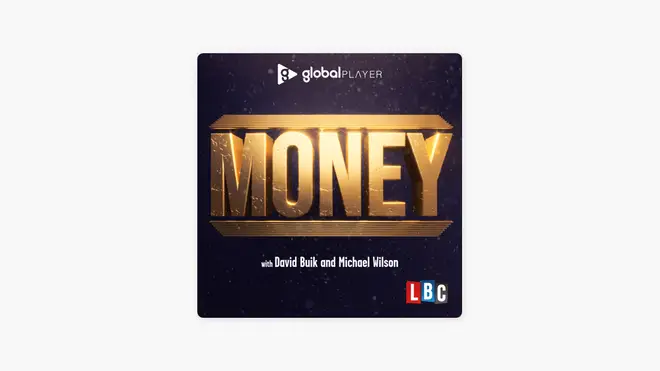
Boxing Day Special with Shelagh Fogarty 1pm - 3pm
12 September 2023, 09:42

“At the going down of the sun and in the morning, we will remember them.”
The world has experienced a number of stock market crashes, especially the one that occurred in 1929 at the time of the depression and more recently the 1987 reversal which triggered the initial fall in stock prices encompassing a nervous fear that stocks were significantly overvalued.
Investors were determined that a correction was essential, exacerbated by persistent US trade and budget deficits, and rising interest rates.
At the time the FED chairman was the irrepressible Alan Greenspan, who was attempting to fit into the redoubtable Paul Volcker’s hugely respected boots. On that ‘Black Monday’ 17th October 1987 the Dow Jones Industrial Average fell 22.6%.
Most global stock markets fell up to 20% during the ensuing week – the FTSE 100, which had only been in existence since 1984 surrendered 23% over 2 days, such was the level of panic and uncertainty that prevailed.
The Greenspan ‘irrational exuberance’ speech of 1996, the Russian Credit crisis in 1998, the Gulf War invasion of 2003 and the banking/credit crisis of 2008/9 also took a considerable toll.
However, few would argue that the damage caused on 11th September 2001 came right out of the blue and because no one had any idea how much damage an American Airlines Flight 11 crashing into the North Tower of the World Trade Center at 8:46 a.m. and United Airlines Flight 175 hitting the South Tower at 9:03 a.m. would be inflicted on the US stock market.
The reaction to 2996 people perishing in the Twin Towers at the hands of the merciless Al Qaeda, was, to say the least visceral. Then later that morning, a passenger jet crashed into the Pentagon.

The NYSE was closed for four days. When it opened, the DJIA fell 684 points, a 7.1% decline, setting a record at the time for the biggest loss in the exchange's history for one trading day.
This has since been eclipsed by the market reaction during the global coronavirus pandemic). By the end of the week that followed the DJIA had fellen sharply by 14%, S&P 500 was down 11.6%, and the Nasdaq dropped 16%. An estimated $1.4 trillion in value was lost during this period.
It was the uncertainty that caused so many stocks to come under such intense pressure.
At the time it was almost unthinkable that a company of the stature of Boeing could lose 30% and Citibank nearly 20% of its value in a heartbeat.
Unsurprisingly, airlines and insurance companies suffered heavy valuation losses. American Airlines and United Airlines grabbed the headlines, but others also suffered.
Global passenger traffic recovered but it took two years, as travellers were reluctant to fly, and business travel demand plunged because of the attacks and the oncoming a recession. U.S. airlines lost $8 billion in 2001. The industry wasn't profitable again until 2006.
Travelers, AIG, Metlife and State Farm were amongst the companies to feel the wheels of pain across their backs.

Markets tend to cope brilliantly with good and bad news with considerable aplomb. What they have never been able to cope with is prolonged uncertainty. Initially, markets were fearful that the attacks on the New York financial markets may be followed by other attacks. As it transpired, that was not going to happen.
The moment it became clear that no further attacks seemed imminent, and people were allowed to fly again, stock markets almost recovered their poise in double quick time, wiping out most of the losses within a month. However, the following year, 2002, was not a good year.
These attacks on New York caused approximately $40 billion in insurance losses, making it one of the largest insured events ever.
Had market protagonists had the benefit of algorithms, programme trading, greater technological prowess, and the benefit of social media, I wonder what they might have made of those terrifying trading conditions.
The mind boggles!